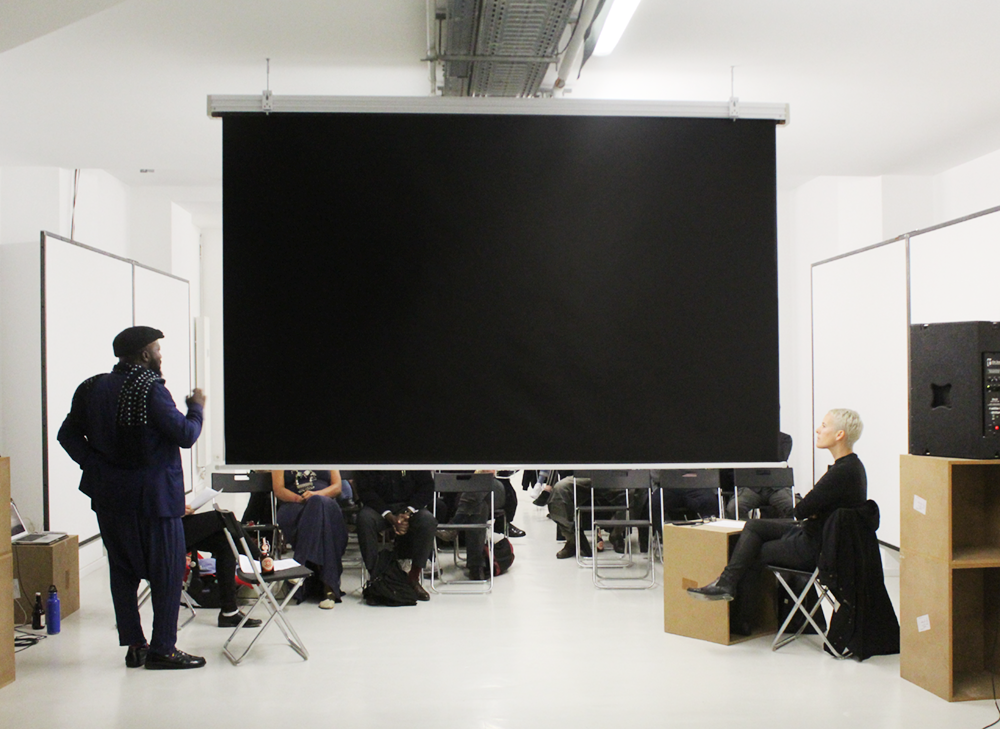Andrei Rublev
How does the world breathe now?
Session N°10 30.11.2016 19:00
With Nadia Kaabi-Linke
film Andrej Rubljow 1966 186 minutes
by Andrej Tarkowskij
Language Russian with German subtitles
Andrei Tarkovsky’s film Andrej Rublev was first shown in 1966, a few years after Rendra wrote An Angry World. While revisiting the 15th century in Russia with its religious believe and cruelty Tarkovsky was able to reflect the contemporary unease of the Russian people under the Soviet Regime by incorporating themes like deportation, censorship, autocracy, etc. in his movie. Although a biographical and historical drama this picture touches themes of universal importance and evokes a feeling of timelessness. The movie describes the journey of Andrej Rublev, a Russian icon painter, but instead of following his works the viewer becomes a witness of his quest of art as an expression of spirituality. He was unable to paint for a longer period of time after witnessing the darkest sides of Man and its eager for destruction. First after he found a way to reconcile the horror and the sacred he could accept the state of being and resume his work. Tarkovsky’s film seems to reenact this turning point in many scenes where death is represented as a part of life. The duration of the sequences and the flow of the montage suggest a peaceful continuation despite the cruelty of the action that takes place.
The movie attains a very high level in aesthetic terms. Many sequences remind of iconography and renaissance painters such as Peter Brügel. Albeit displaying the vulgarness of everyday life they evoke a calm and peaceful rhythm. My fascination for this movie is based on the manner how Tarkovski joins specific characters (the Russian people at a historical period of time, the very specific traditions and beliefs) and a universal history that relates to all people of the planet and to every historical episode. It seems that the movie suspends time and place while it is clearly staged and narratively anchored in the time of the Mongol invasion in Russia. Art that becomes a spiritual gesture, whether it is Tarkovsky’s movie or Andrej Rublev’s painting, calls – in Tarkovsky’s words, “for eternity”.
Nadia Kaabi-Linke was born Tunis, Tunisia, in 1978, and raised in Tunisia and the United Arab Emirates. She graduated from the University of Fine Arts, Tunis, in 1999, and earned a Ph.D. at Université Paris-Sorbonne, in 2008. Growing up between Tunis, Kiev, and Dubai, and now residing in Berlin, Kaabi-Linke has a personal history of migration across cultures and borders that has greatly influenced her work. Her works give physical presence to that which tends to remain invisible, be it people, structures, or the geopolitical forces that shape them. Kaabi-Linke has had solo exhibitions at Centro de Arte Moderna José de Azevedo Perdigão, Fundação Calouste Gulbenkian, Lisbon (2014); The Mosaic Rooms, London (2014); and Dallas Contemporary, Texas (2015). Her work has been included in group exhibitions at KW Institute for Contemporary Art, Berlin (2011); Herbert F. Johnson Museum of Art, Cornell University, Ithaca, New York (2012); Musée National de Carthage, Tunisia (2012); Centrum Sztuki Współczesnej Zamek Ujazdowski, Zamek Ujazdowski, Warsaw (2013); Nam June Paik Art Center, Seoul (2013); Museum of Modern Art, New York (2013); Louisiana Museum of Modern Art, Humlebæk, Denmark (2014), and Marta Herford, Museum für Kunst, Design und Architektur, Herford, Germany (2016); Solomon R. Guggenheim Museum, New York (2016). She participated in the Sharjah Biennial, United Arab Emirates (2009); Alexandria Biennial for Mediterranean Countries (2009); Venice Biennale (2011); Liverpool Biennial (2012), and KochiMuziris Biennial, Kerala, India (2012). Kaabi-Linke lives and works in Berlin.

